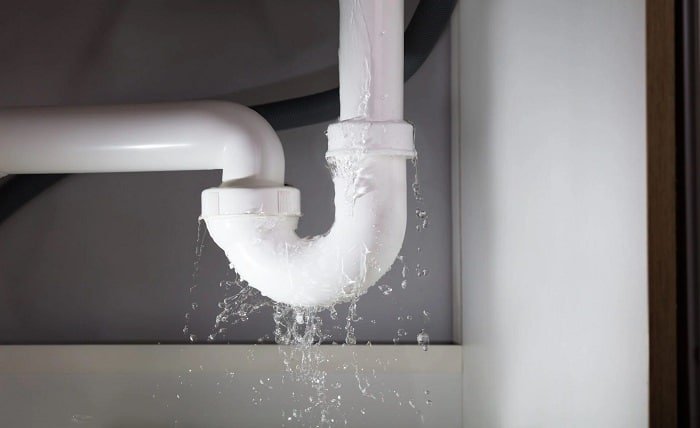How to Find Water Leaks in Your Basement: Common Issues and Solutions

Finding out that there is water leakage in the basement can be quite shocking. Not only does it compromise the physical integrity of your home but it may also require you to foot expensive bills in the long run.
It is vital to have a fundamental understanding of how leakages occur and how to rectify the leaks to ensure a water free basement. In this guide, we will discuss the different forms of water leak symptoms, how to identify them, and look at ways of solving such problems.
About Basement Water Leaks
Basement water leaks may come from different places, and this makes it difficult to identify the actual cause. The truth is that each type of leakage, be it from rainwater infiltration or broken pipes, needs to be viewed as different. By being aware of the usual indications, you can identify the early indications of a leak which may lead to huge losses.
How to Find Water Leaks: The General Symptoms
Among the first indications of a water leak in the basement could be water stains on the walls or floors. There may be dark spots on concrete and this sometimes comes with a smell, which suggests mold and mildew presence. Another subtle evidence that we consider in our analysis is efflorescence, a white powder that tends to appear on the concrete structure—it results from water evaporation.
Another tip that helps with how to find water leaks is to pay close attention all the time. Any crackling sound or a low hissing, gurgling noise that is heard within walls could indicate a leak in concealed pipes. Even if the actual drip is not visible, such sounds should make you take a closer look.
How to Find Water Leaks: A Step-by-Step Guide
a. Check External Factors
You must check the exterior walls and foundation of your home for any cracks or gaps which may be present.
b. Inspect Interior Walls and Flooring
Check for any areas where water is seen coming through the walls or floors or where mold is observed in the basement.
c. Test with Water
In suspected areas, water should be sprayed with a hose and the area observed to see where the water goes. This method may assist in determining the precise location of leakages.
d. Follow the Piping
In the case you have a problem with a leaking pipe, there might be a need to follow the pipes in the basement. Strive to find moisture around the pipes, and the presence of rust or visible droplets of water commonly found in leaking pipes.
Proven Strategies to Deal With the Water Leakage Problem
a. Seal Cracks and Openings
Always ensure that you fill any gaps that may be present on the walls and floors of the basement by using hydraulic cement or masonry caulk. All these materials work well in preventing the penetration of water into buildings.
b. Improve Drainage
Check that your gutters and downspouts are cleared of debris and that water is being drained away from your home’s foundation. Installing extensions to downspouts can go a long way in minimizing the amount of water that gets into basements.
c. Apply Waterproofing Sealant
In instances where there is a constant case of dampness, you could paint the affected walls using a waterproofing agent—to reduce the incidence of dampness.




